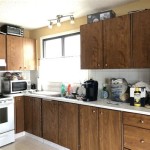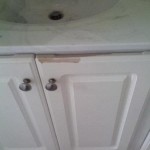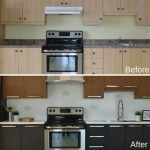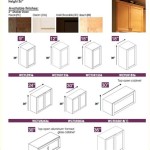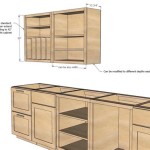Essential Aspects of Putting Molding On Kitchen Cabinet Doors
Molding adds character and elegance to kitchen cabinets, transforming them from ordinary to extraordinary. By following specific steps and techniques, you can achieve a professional-looking finish that will elevate the overall appearance of your kitchen.
Materials Needed:
- Cabinet door molding
- Mitre saw
- Brad nailer
- 18-gauge brad nails
- Clamps
- Wood filler (optional)
- Sandpaper (optional)
Measuring and Cutting:
Precise measurements are crucial for a seamless fit. Determine the length of molding needed for each door by subtracting the height and width of the door from the molding's length. Mark these measurements on the molding and carefully cut 45-degree angles on the ends using a mitre saw.
Assembling the Molding:
Place the cut molding around the perimeter of the door, forming a frame. Secure the molding to the door using a brad nailer, ensuring the nails are driven at a slight angle. Use clamps to hold the molding in place while nailing.
Filling Gaps:
Gaps may appear at the corners of the molding due to slight imperfections. To conceal these gaps, apply a thin layer of wood filler using a putty knife. Allow the wood filler to dry completely and sand it smooth to match the surface of the molding.
Finishing Touches:
Once the wood filler is sanded, you may opt to paint or stain the molding to match the existing cabinets. Apply a thin layer of paint or stain using a brush or sponge and allow it to dry before applying a second coat. If desired, you can add a clear protective finish to enhance durability.
Tips:
- Use a brad nailer with 18-gauge nails to ensure secure fastening.
- Test the fit of the molding on the door before nailing to ensure a snug fit.
- Apply a small amount of wood glue to the back of the molding for additional strength.
- If the molding is too long, you can trim it using a mitre saw or a fine-toothed hand saw.
- Always wear safety glasses and follow proper safety precautions when using power tools.
Conclusion:
Adding molding to kitchen cabinet doors is a transformative project that can elevate the overall appearance of your kitchen. By carefully following these steps and techniques, you can create a professional-looking finish that will enhance both the functionality and aesthetics of your cabinets.

Adding Molding To Old Cabinets Diy Tutorial Kitchen Cabinet Doors

Add Moulding To Flat Cabinet Doors Home Kitchens Diy Kitchen Cabinets

From Drab To Fab Adding Trim Cabinets

From Drab To Fab Adding Trim Cabinets

How To Add Trim And Paint Your Laminate Cabinets

Adding Moldings To Your Kitchen Cabinets Remodelando La Casa

How To Add Cabinet Molding Decor And The Dog

Adding Crown Molding To Kitchen Cabinets Young House Love

10 Types Of Kitchen Cabinet Molding For Your Home

Adding Crown Molding To Your Kitchen Cabinets Cabinet Trim
Related Posts

